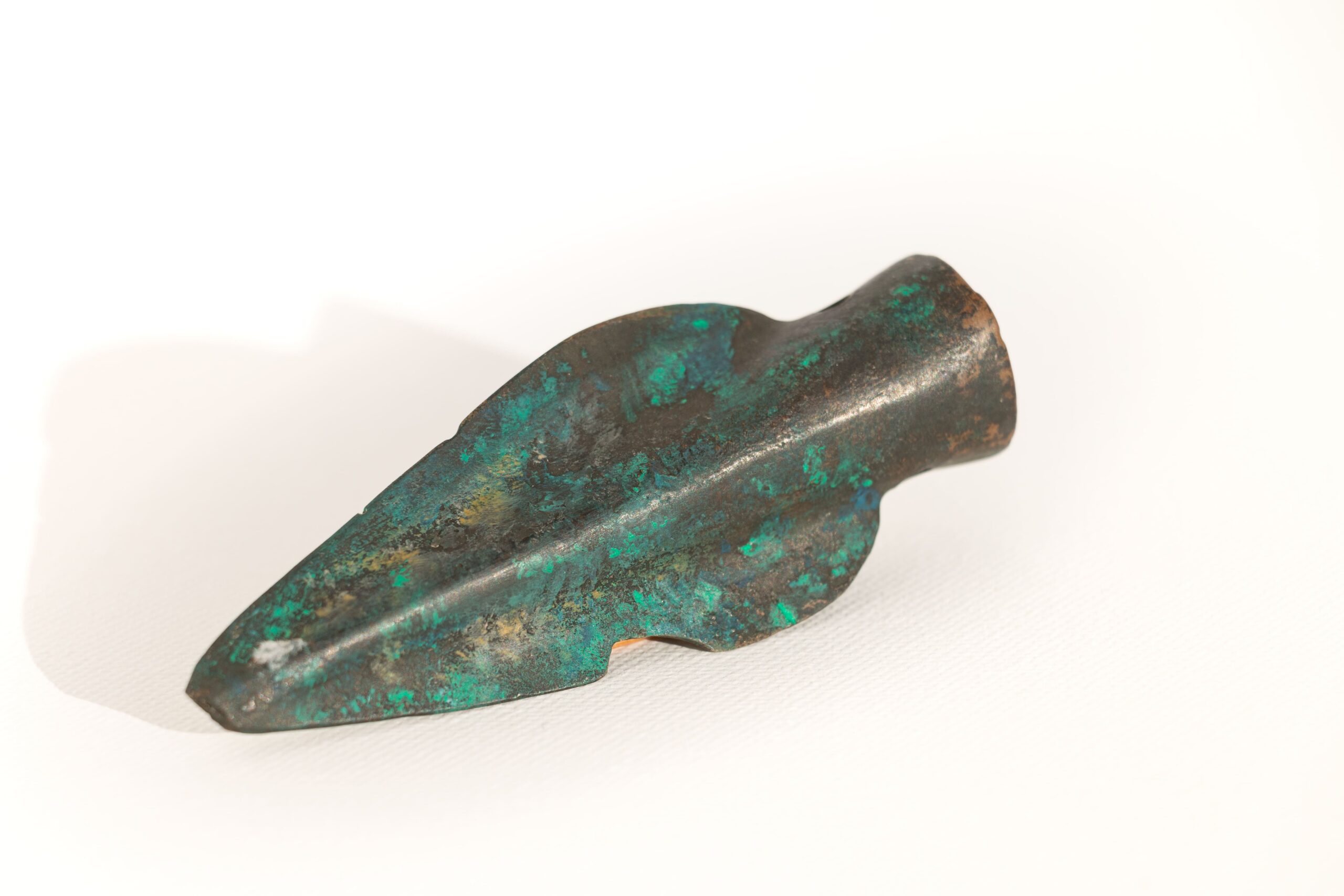Seelackenmuseum - Farmhouse
Together with the St. Veit Museum
Society, the Seelacken Museum is part
of the Ore of the Alps UNESCO Global
Geopark. It represents an exhibition
and experience space for history and
stories, but is also a meeting place and a
public space for the village community.
The museum is located in the Wallner
farmhouse from Schwarzach, built in 1738,
which was demolished in 1988 and rebuilt
true to the original in its current location
between 1992 and 1994. The ensemble
consists of the museum building, a
granary, baking oven, the Seelacken mill,
the cottage garden and a bee exhibit.
One of the focal points of the Seelacken
Museum is the 4000-year settlement
history of St. Veit. In addition to finds
from tunnels such as the Sunnpau mine,
some of which lie along the copper ore
route, everyday objects such as cloak pins,
ceramics and axes from the Bronze Age
settlements of Klingelberg and Sonnfeld
are on display.
There are also pieces from the Bronze
Age burial ground in Schernberg. The
living and working environment of the
rural population and of the writer Thomas
Bernhard and his literary exploration of St.
Veit are two of the other focal points of
the museum.
Kids
A day at the Wallnerbauernhaus
The family's day at the farmhouse started early, before the sun had even risen. The farming family got up to look after the animals. The cows had to be milked and the chickens fed. Then the adults worked in the fields, planting or harvesting grain or vegetables. The children often helped out, for example collecting eggs or feeding the animals. At lunchtime they had a simple meal, often bread and milk. Work was done in the afternoon and in the evening the family would gather around the table to pray, eat and rest from the hard labour.
A day at the Wallnerbauernhaus
The family's day at the farmhouse began very early, often at dawn, before the sun rose over the mountains of St. Veit im Pongau. The parents and children got up to look after the animals. The cows had to be milked so that there was fresh milk for the day, and the chickens had to be fed. Then the adults went out into the fields where they worked hard to grow crops such as wheat or oats or to harvest the vegetables. The children often helped by fetching water, collecting firewood for the stove in the smokehouse or helping their parents in the fields. At lunchtime there was a simple meal - usually bread, cheese or soup. If the harvest was good, there were also fresh vegetables. The afternoon was full of work again: hay had to be made, the animals had to be put out to pasture or the roof of the farmhouse had to be repaired. Especially in autumn, when it was time for the harvest, the whole family helped from morning till night. In the evening, after a long day of hard work, the family would gather in the house. They prayed, gave thanks for the food and ate together.
A day at the Wallnerbauernhaus
The day on the farm in St. Veit im Pongau started early, often before sunrise. The family had to get up to look after the animals first. The cows were milked so that there was fresh milk and the chickens had to be fed so that they laid eggs. Then the adults went out into the fields to grow crops such as wheat, rye or oats or to harvest the vegetables they would need throughout the year. The children also had their part to play: they helped feed the animals, fetched water from the well or collected firewood to keep the stove in the Rauchkuchl going.
At lunchtime there was usually a simple meal, often consisting of bread, cheese, milk or soup. Meat was rare, except on special occasions. After the meal, work continued. In summer and autumn, harvest time was particularly strenuous, as the grain had to be brought in and the hay prepared for the winter. The whole family worked from morning to night, everyone helping wherever they could. The house and the farm itself also had to be kept in good shape, and there were often small repairs or other tasks.
In the evening, after a long day of hard physical labour, the family returned to the house. They prayed, ate together and rested. The life of the farming family was strongly characterised by the rhythm of nature and the seasons.



